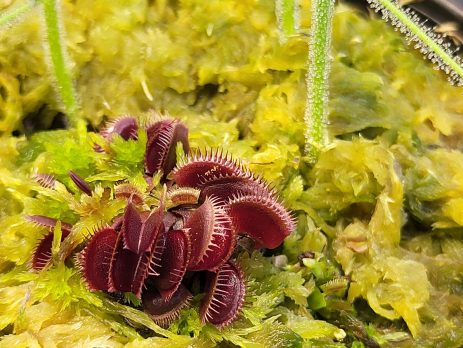What are some common pitfalls with growing Venus Flytraps and other carnivorous plants?
Growing Venus flytraps and other carnivorous plants can be a rewarding experience, but there are some common pitfalls that beginners may encounter. Here are a few: Overwatering: Many carnivorous plants are native to boggy areas with high humidity, but this doesn't mean they can tolerate standing water. Overwatering can lead to root rot and kill the plant. It's important to keep the soil moist, but not waterlogged. Using tap water: Carnivorous plants are sensitive to minerals found in tap water,...










